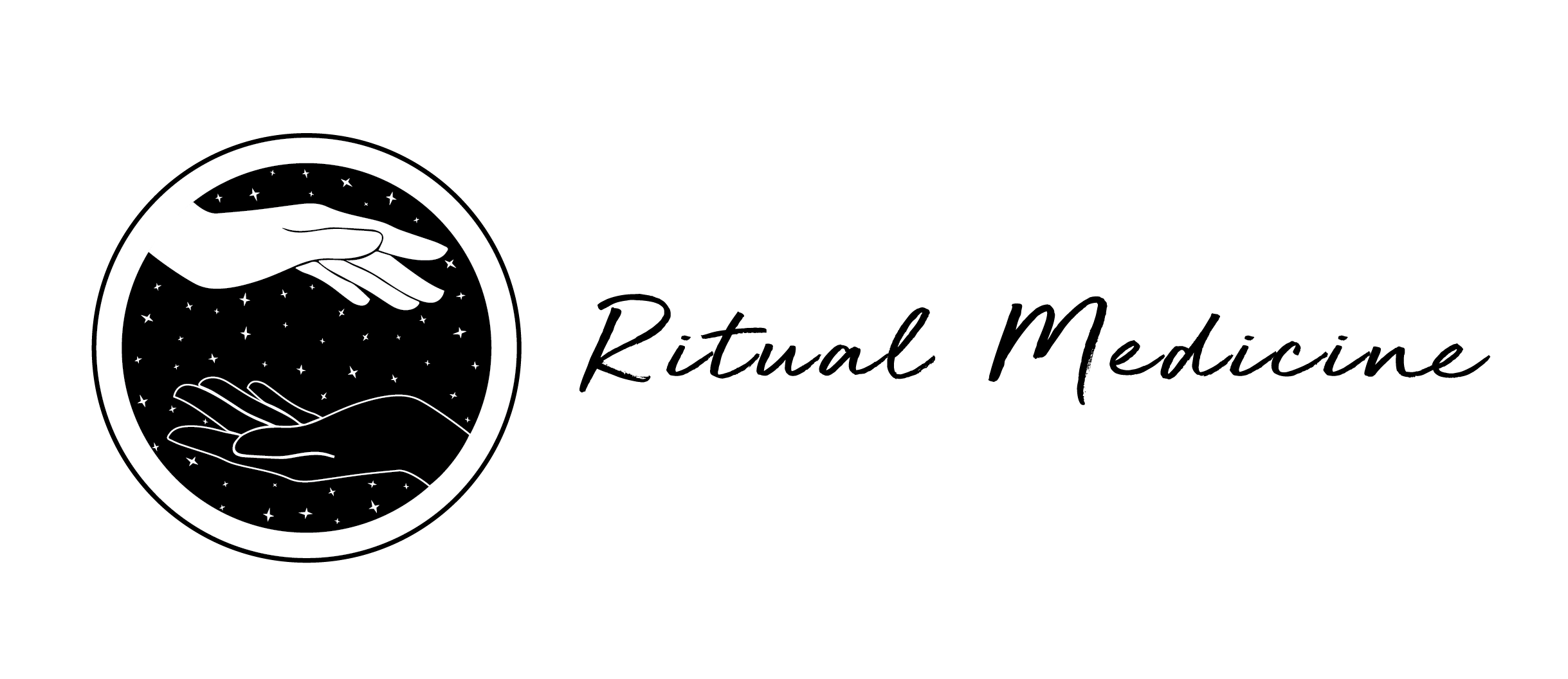Ovulation key marker #2 – Cervical Mucus
One of the key markers of ovulation is cervical mucus. You have likely noticed it before, whether you knew it was linked to ovulation or not.
But … what is cervical mucus?
The hormones that control your menstrual cycle, they also make your cervix produce mucus. Thats the gooey stuff on your cervix that comes out of your vagina as discharge.
Your cervical mucus changes in colour, texture, and amount during your menstrual cycle, and especially around ovulation.
Cervical Mucous (also known as CM) increases at ovulation due to the increase in estrogen levels. This helps to create a hospitable environment for sperm.
Cervical fluid can be divided into two categories, peak and non-peak mucous. While both are considered fertile mucous, peak mucous is the well known, stretchy, egg white consistency.
Cervical mucous plays an important role in helping sperm survive longer in the vagina and helping them to move upward to connect with the waiting egg for conception.
Sperm can survive in the vagina for up to 5 days. Knowing when you are ovulating, by observing cervical fluid, can be an integral part of achieving or avoiding pregnancy.
You have likely noticed an increase in discharge around mid cycle, which you can tell by the slippery consistency when you wipe after going to the bathroom, some in your underwear or an overall feeling of increased wetness or lubrication.
Cervical mucus is 100% normal
In Toni Weschler’s book ‘Taking Charge of your Fertility’, she highlights a story about a women who was convinced she was having reoccurring infections every month and would continue to visit her doctor asking for antibiotics. What she did not realize, was that the increase in discharge, which happened monthly, is completely normal, and actually a really healthy part of the menstrual cycle.
Some things to look out for, which may require a check in with your doctor, is discharge that is foul smelling, green or thick yellow.
How to check for cervical mucus
There are three ways you can check your cervical mucous
- Wipe the opening of your vagina before your pee with toilet paper, check the colour and feel of the mucous
- Look at the colour and texture in your underwear
- Put clean fingers into you vagina, and then check the colour and texture of the mucous with your fingers
Book your consult by calling 1 778 400 6360 or if you are not local, we can connect virtually by booking your 15 minute here.






